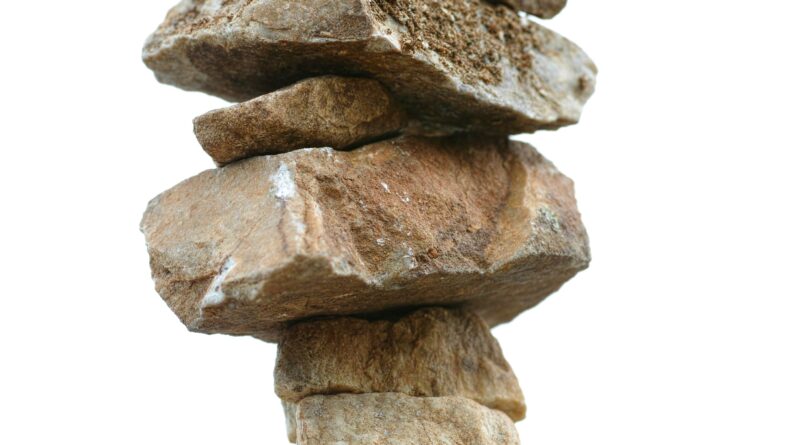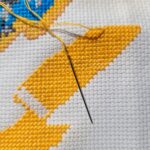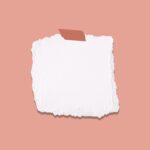Katai (Hard/Solid/Stiff)
Today, I will talk about the kanji for the Japanese word “katai.”
かたい
“Katai” has three different kanji, “固い,” “硬い” and “堅い.”
今日は、「かたい」という日本語の漢字について話します。
I think that it will become easy to remember the differences by understanding these antonyms.
「かたい」は、「固い」「硬い」「堅い」の三つの漢字表記ができます。
①固い
“固い” is the most common writing among them.
This kanji expresses that something is hard/rigid/firm, and the general antonym is “緩い” (loose/lax).
For example: “結び目が固い” (The knot is hard/tight) / “頭が固い” (He has a hard head)
“固い” is the most common writing among them.
This kanji expresses that something is hard/rigid/firm, and the general antonym is “緩い” (loose/lax).
For example: “結び目が固い” (The knot is hard/tight) / “頭が固い” (He has a hard head)
それぞれの違いは、対義語を理解すると覚えやすいと思います。
②硬い
“硬い” expresses that something is strong/hard/stiff.
The antonym is “柔らかい” (soft/flexible).
For example: “硬い石” (a hard rock) / “表情が硬い” (your expression is stiff)
“硬い” expresses that something is strong/hard/stiff.
The antonym is “柔らかい” (soft/flexible).
For example: “硬い石” (a hard rock) / “表情が硬い” (your expression is stiff)
①固い
「固い」はもっともよく使われる表記です。
しっかりしていて丈夫な様子を表し、対義語は「緩い」です。
(例:結び目が固い / 頭が固い)
「固い」はもっともよく使われる表記です。
しっかりしていて丈夫な様子を表し、対義語は「緩い」です。
(例:結び目が固い / 頭が固い)
③堅い
“堅い” expresses that something is solid, or has high certainty.
The antonym is “もろい” (fragile/frail).
For example: “私は意思が堅い” (I am stubborn) / “身持ちが堅い” (she is a virtuous woman) / “彼の勝利は堅い” (his victory is stable)
“堅い” expresses that something is solid, or has high certainty.
The antonym is “もろい” (fragile/frail).
For example: “私は意思が堅い” (I am stubborn) / “身持ちが堅い” (she is a virtuous woman) / “彼の勝利は堅い” (his victory is stable)
②硬い
「硬い」は力強い様子や、こわばっている様子を表します。
対義語は「柔らかい」です。
(例:硬い石 / 表情が硬い)
「硬い」は力強い様子や、こわばっている様子を表します。
対義語は「柔らかい」です。
(例:硬い石 / 表情が硬い)
There are many cases where you can use both of them.
③堅い
「堅い」は中身がしっかり詰まっている様子や確実性が高い様子を表します。
対義語は「もろい」です。
(例:私は意思が堅い / 彼女は身持ちが堅い / 彼の勝利は堅い)
「堅い」は中身がしっかり詰まっている様子や確実性が高い様子を表します。
対義語は「もろい」です。
(例:私は意思が堅い / 彼女は身持ちが堅い / 彼の勝利は堅い)
By the way, “難い” is also read as “katai,” but the meaning is something like “it’s difficult/hard to do.”
これらの漢字は交換可能なケースも多く存在します。
Note that you can’t use this kanji instead of other “katai.”
ちなみに、「難い」は同じ読み方をしますが、意味は “it’s difficult/hard to do” と全く異なるので交換はできません。
(I think it can be exchanged for other “katai” in English, because all of “katai” can be translated into “hard.”)
(英語でなら交換できそうです。)




